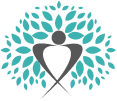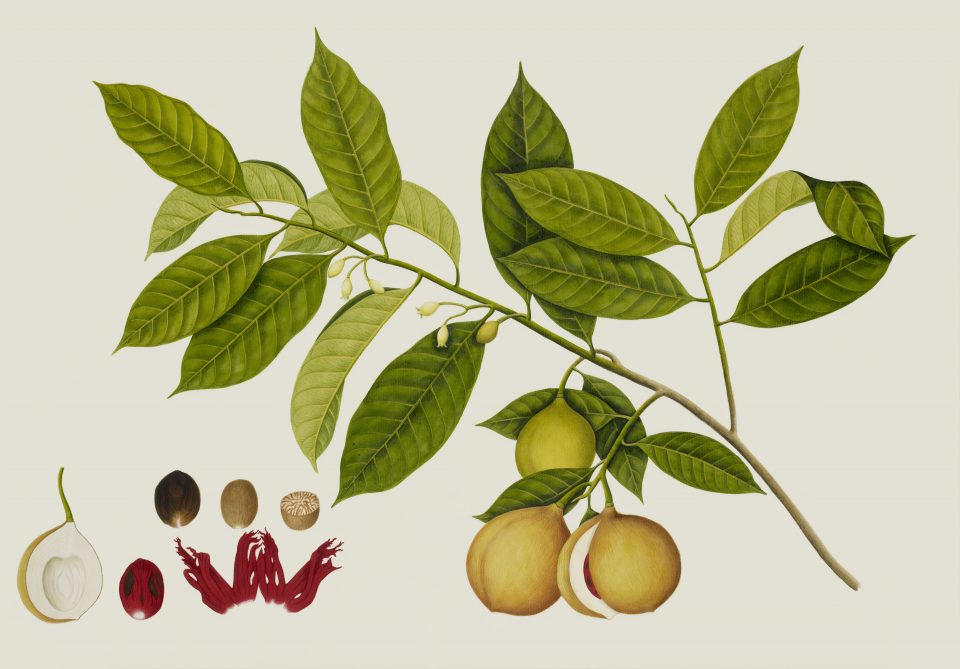“There’s nothing more we can do.” Many elderly people have heard this unfortunate statement. In addition, the health care system and conventional medicine are Westernized ways to treat people. Today, several sources of alternative and holistic health care providers will treat all bodily systems as a whole. Therefore, these physicians use functional medicine from botany i.e. medicinal plants. Have you ever wondered where scientist first discovered ingredients in a medicine? First, let’s take a closer look at ancient history of medicinal plants.
Medicinal Plants Have Been Around for Centuries
Moreover, our ancestors used plants for these purposes- to heal wounds, cure diseases, and ease troubles. On every continent around the world, people used various medicinal plants to treat several cases of ailments in the body. Likewise, healing properties in plants predates the origin of medical treatments. Think about it. We were using plants to help heal our bodies before we discovered the anatomy of the human body and the germ theory of disease!
Scientist revealed medicinal plants as far back as 60,000 years ago. Archaeologists found a burial site of a Neanderthal man and eight species of plants still used today (USDA Forest Service, n.d.). Some of the most renowned people like the Egyptians, philosophers of Rome, religious leaders, and physicians alive centuries ago were the first to discover the uncharted naturopathy of plant medicine.
Egyptians Write Medical Remedies
Around 3000 B.C.E was the time near the First Dynasty in Egypt. According to New World Encyclopedia Writers (n.d.), the Ebers Papyrus records a systematic approach to health and restoring natural harmony in the human body. This is a preserved scroll containing medical insight discovered in plants. Researchers believe Thoth, the father of medicine, alchemy, and pharmacy, is the author of this preserve (n.d). More importantly, the paragraphs describe diseases, flesh wounds, fractures, and drugs. The scroll contains 700 formulas and remedies to cure affliction i.e. medicinal plants such as a castor oil plant to help cure a cough (USDA Forest Service, n.d.). Also, a cure for asthma included a mixture of herbs. Likewise, it was heated on a brick for the inflicted person to inhale the fumes (New World Encyclopedia Writers, n.d.).
Furthermore, discovering the scroll might have been frightening for the archaeologists since it was said to be found between the legs of a mummy! Nevertheless, this scroll gives us a glance into Egyptian medical research that integrates elementary science and plants for healing.
For more information on examples of remedies, find it here: https://www.newworldencyclopedia.org/entry/Ebers_Papyrus
Ayurvedic Texts from India 2500 B.C.E.
To begin, a Sanskrit word means science of life. Ayurvedic is the ancient and traditional practice that studies the five elements and balance. An Arabic botanist named Abdullah Ben Ahmad Al Bitar (1021-1081 A.D.) wrote the book, Explanation of Discoveries Book on Herbs (USDA). In addition, he mentioned 1,400 drugs in four languages in another book called, The Glossary of Drugs and Food Vocabulary (USDA). Today, practitioners in India study four years longer than those in the United States. Ayurvedic practitioners seek balance through herbal remedies, yoga, meditation, and massage (Ritter & Graham, 2016).
Greek, Roman, Philosophers and Physicians
Philosophy is the academic study concerned with the nature of knowledge, reality, and existence. In addition to this, three philosophers- Hippocrates, Aristotle, and Dioscorides described the theory on herbal medicine. First, a Greek philosopher named Hippocrates is known as the, “Father of Medicine” from 460 B.C.E to 360 B.C.E. His important views on medicinal plants was recorded by Meno, a student of Aristotle who studied under Hippocrates. One view concluded undigested residues were created by an unhealthy diet (Smith, 1998). Later, this became vapors that could be passed in the body. The end resulted in disease. Finally, Hippocrates discovered more than a hundred herbs and described them into hot/cold and dry/moist properties (USDA Forest Service, n.d.).
Not only did Aristotle start the science of botany, but he began the art of growing plants in Athens. Furthermore, Aristotle’s student Theorphrastus, wrote a book called Enquiry into Plants (Historia Plantarum) that talked about herbs and medicinal plants (Ierodiakonou, 2020). Finally, physician Pedanias Dioscoride’s book called De Materia Medica is a five-volume book featuring 500 plants and a thousand remedies (USDA Forest Service, n.d.). He wrote this highly regarded book in 60 AD. In fact, many people at that time continued to regard his masterpiece for pharmaceutical and medical purposes for the next 1,500 years (USDA)!
Summary
Plants have been studied and restudied for centuries. Today, USDA-ARS Western Human Nutrition Research Center (2008) scientists are finding more information on medicinal plants that can help fight cancerous cells. Fruits and some vegetables have phytochemicals that interfere with mitochondria anatomical function in the cell body. Without energy, a cell will die, which include cancerous cells. It bares the question, can medicine from plants help people from ages sixty and over? Since the human body maintains regenerative power, the body slowly becomes dysfunctional over time or goes through major changes in anatomical functioning. Similar, we need to decide whether functional medicine or conventional medicine is the best medicine to take. Stay tuned for more information on medicinal plants in the next article History of Medicinal Plants from the Middle Ages- 1800s.
Author: Jamie Moore Sam Houston State University Pre-Nursing
Works Cited
New World Encyclopedia Writers. (n.d.). Ebers Papyrus – New World Encyclopedia. New World Encyclopedia. Retrieved May 11, 2021, from https://www.newworldencyclopedia.org/entry/Ebers_Papyrus
Ierodiakonou, Katerina, “Theophrastus”, The Stanford Encyclopedia of Philosophy (Winter 2020 Edition), Edward N. Zalta (ed.), https://plato.stanford.edu/archives/win2020/entries/theophrastus
Ritter, L. A., & Graham, D. H. (2016). Multicultural Health (6th ed.) [E-book]. Jones & Bartlett Learning. https://www.chegg.com/reader/9781284021035/2/
Smith, W. D. (1998). Hippocrates | Biography, Works, & Facts. Encyclopedia Britannica. https://www.britannica.com/biography/Hippocrates
USDA-ARS Western Human Nutrition Research Center. (2008, May). How Plants Protect Us. Marcia Wood. https://www.fs.fed.us/wildflowers/ethnobotany/documents/HowPlantsProtectUs.pdf
USDA Forest Service. (n.d.). Medicinal Botany. U.S. Department of Agriculture. Retrieved May 11, 2021, from https://www.fs.fed.us/wildflowers/ethnobotany/medicinal/index.shtml

